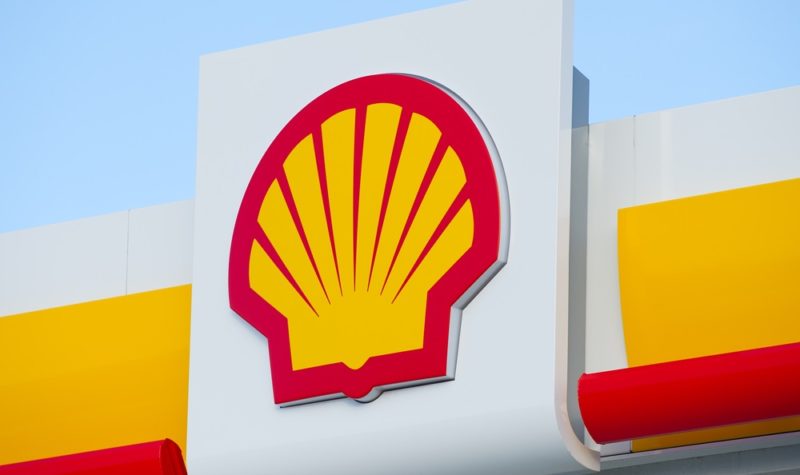Why BP and Shell could provide sound income returns


Never miss an issue of Master Investor Magazine – sign-up now for free! |
The oil and gas sector has experienced a stunning turnaround in the last year. Boosted by a 50% rise in the oil price, companies across the industry are experiencing profit growth. In many cases, this is leading to increased investment in their operations. And for investors, it could mean that the dividends on offer across the industry become more sustainable over the medium term.
Even though investor sentiment has improved significantly in recent months, FTSE 100 oil majors such as BP (LON:BP) and Shell (LON:RDSB) continue to offer 5%+ dividend yields. As a result, their income potential could be higher than many of their index peers.
Oil price potential
In 2018 and 2019, demand growth for oil is expected to be relatively stable. It is forecast to rise at 1.4 mb/d (millions of barrels per day) due in part to a solid economic background. While non-OPEC supply is forecast to grow at 2 mb/d in 2018, the prospects for OPEC producers are less clear. US sanctions against Iran are expected to come into play in the latter part of the year. They have the potential to reduce production by between 0.5 mb/d and 2.5 mb/d according to various estimates.
The final figure may depend on how stringent the US government is on compliance. At the moment, it is suggesting that there will be few concessions, and countries such as South Korea and Japan look set to comply. As a result, there could be supply disruptions in the coming months, which could cause the price of oil to rise yet further.
Dividend growth
A higher oil price would clearly be positive news for oil and gas producers such as BP and Shell. Both companies have seen market forecasts for their EPS in 2018 and 2019 increase in recent months. Dividends at both companies are now expected to be adequately covered by profit over that time period, with BP’s shareholder payments forecast to be covered 1.35x by earnings and Shell’s due to be covered 1.5x.
If the oil price remains stable or even increases over the medium term, it would be unsurprising if the two companies increased dividends per share. They both prioritised dividend payments during the difficult period for the industry in recent years, and it would therefore seem natural for them to maintain this stance in future.
Improving outlooks
BP’s recent update showed that it continues to ramp-up its major projects. This led to a 6% increase in production in the most recent quarter, with Upstream reporting its strongest quarter since 2014. It also took final decisions on four new projects, which suggests the company is investing for future growth. Likewise, Shell is continuing to make progress with its $30 billion divestment programme. It expects free cash flow to improve over the medium term, with more focused capital discipline set to complement higher oil prices.
Although the two stocks may lack the stability of other high-yield shares, their commitment to maintaining dividends during tough market conditions indicates they may offer stronger income prospects than expected. With the oil price having the potential to rise and their dividend sustainability appearing to be high, they could deliver impressive income investing performance.
Comments (0)